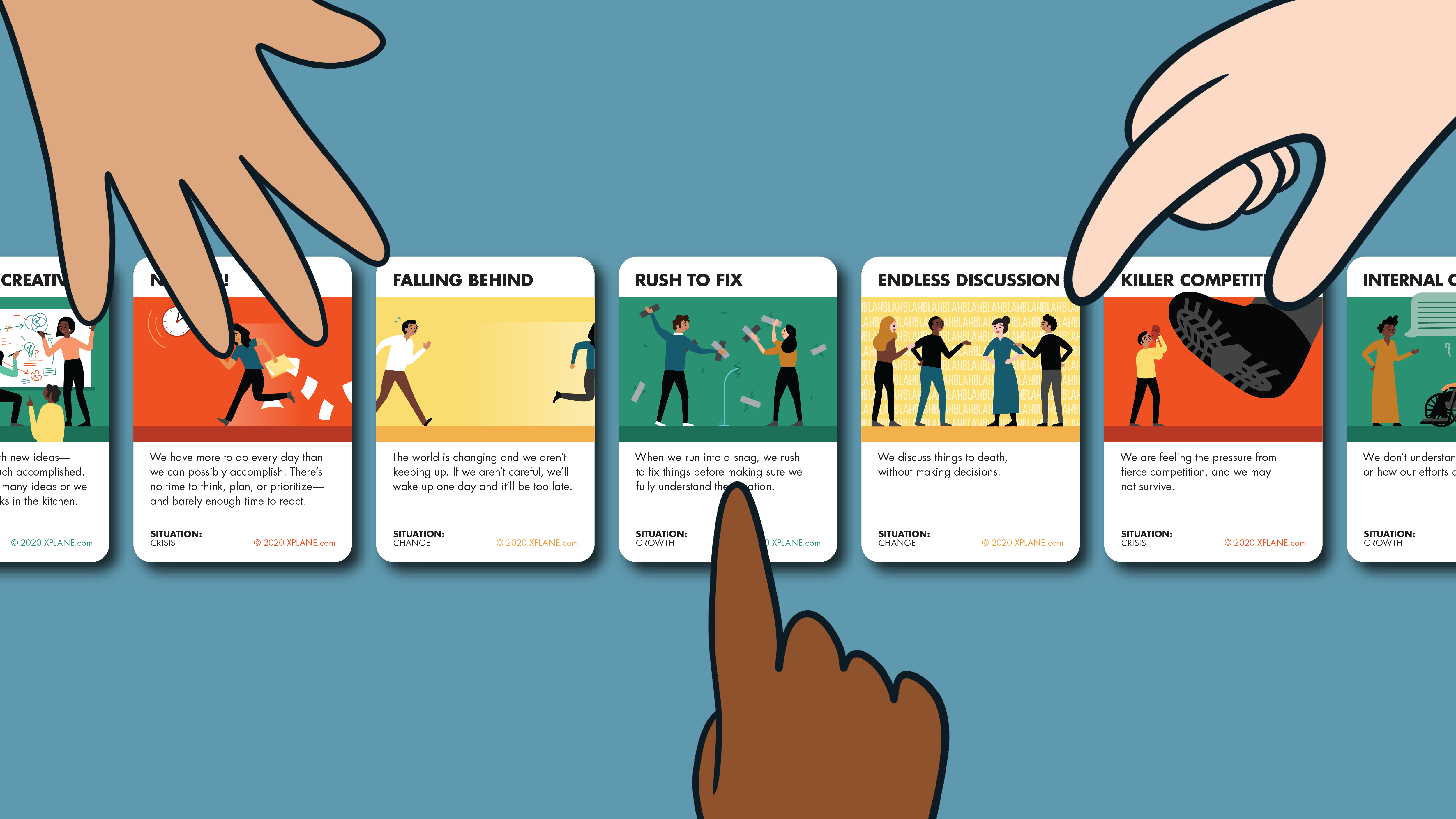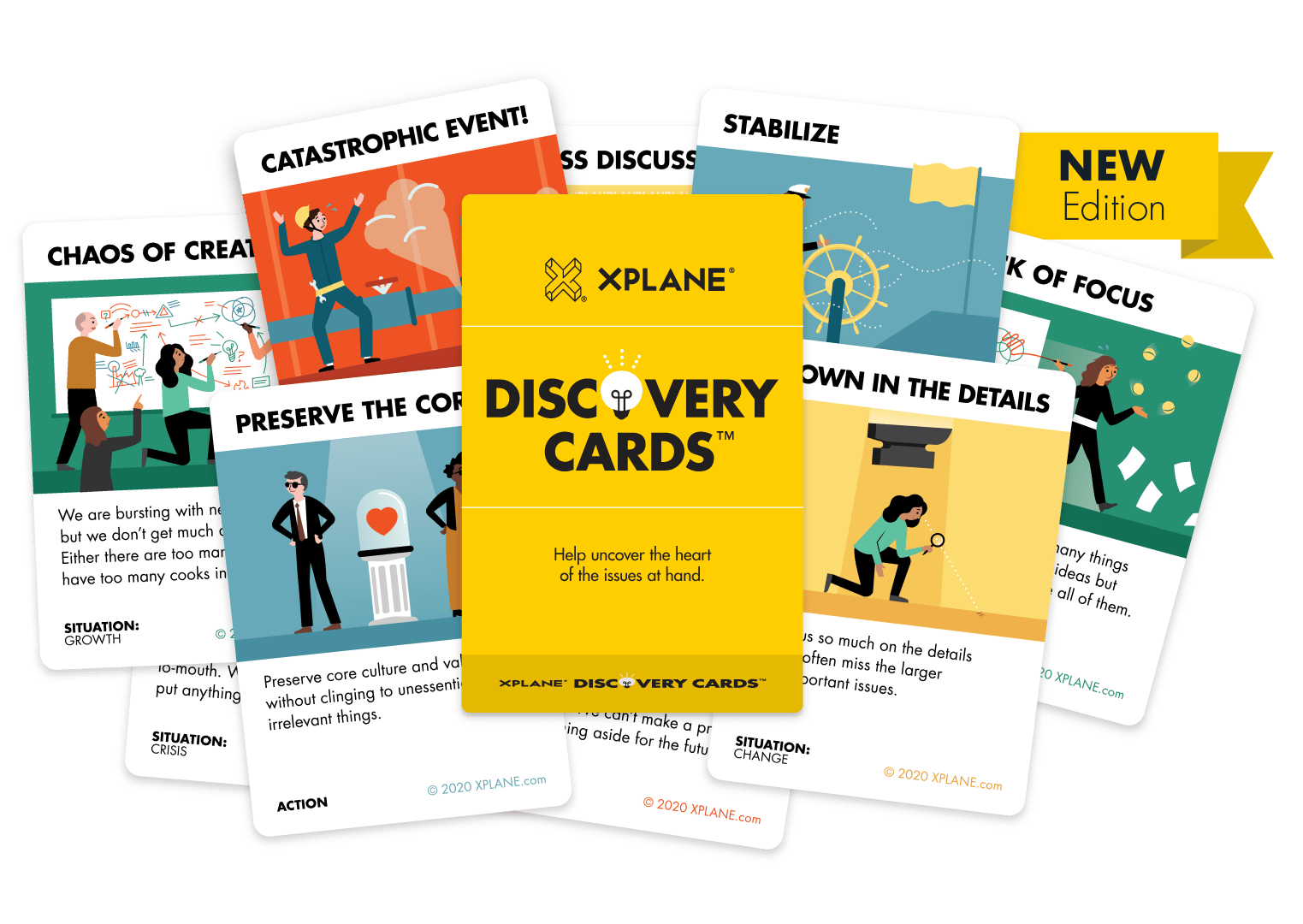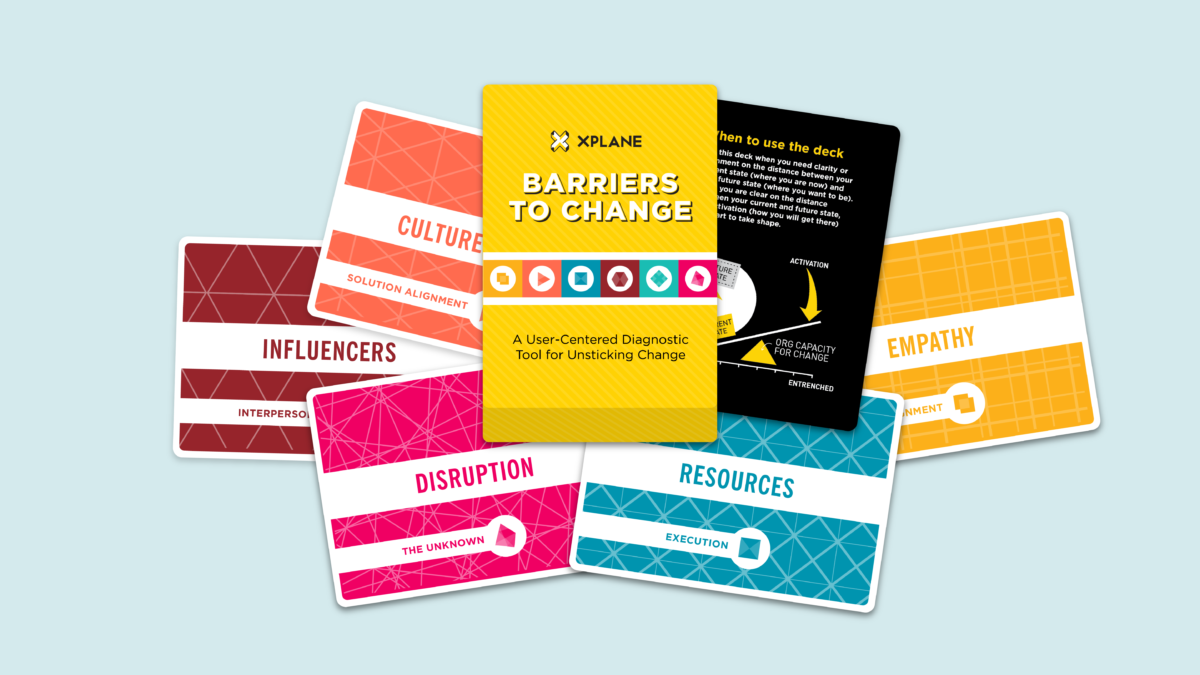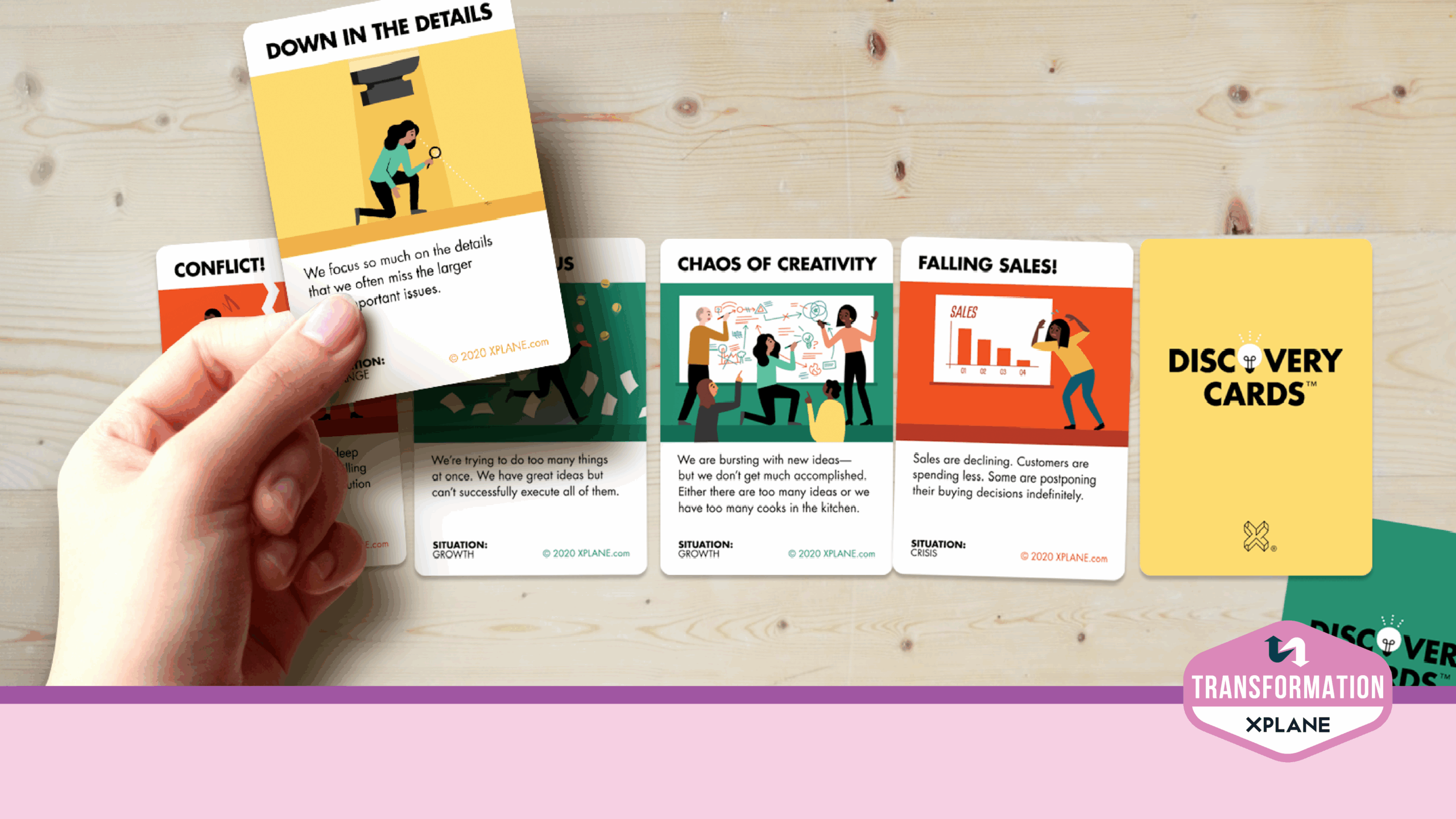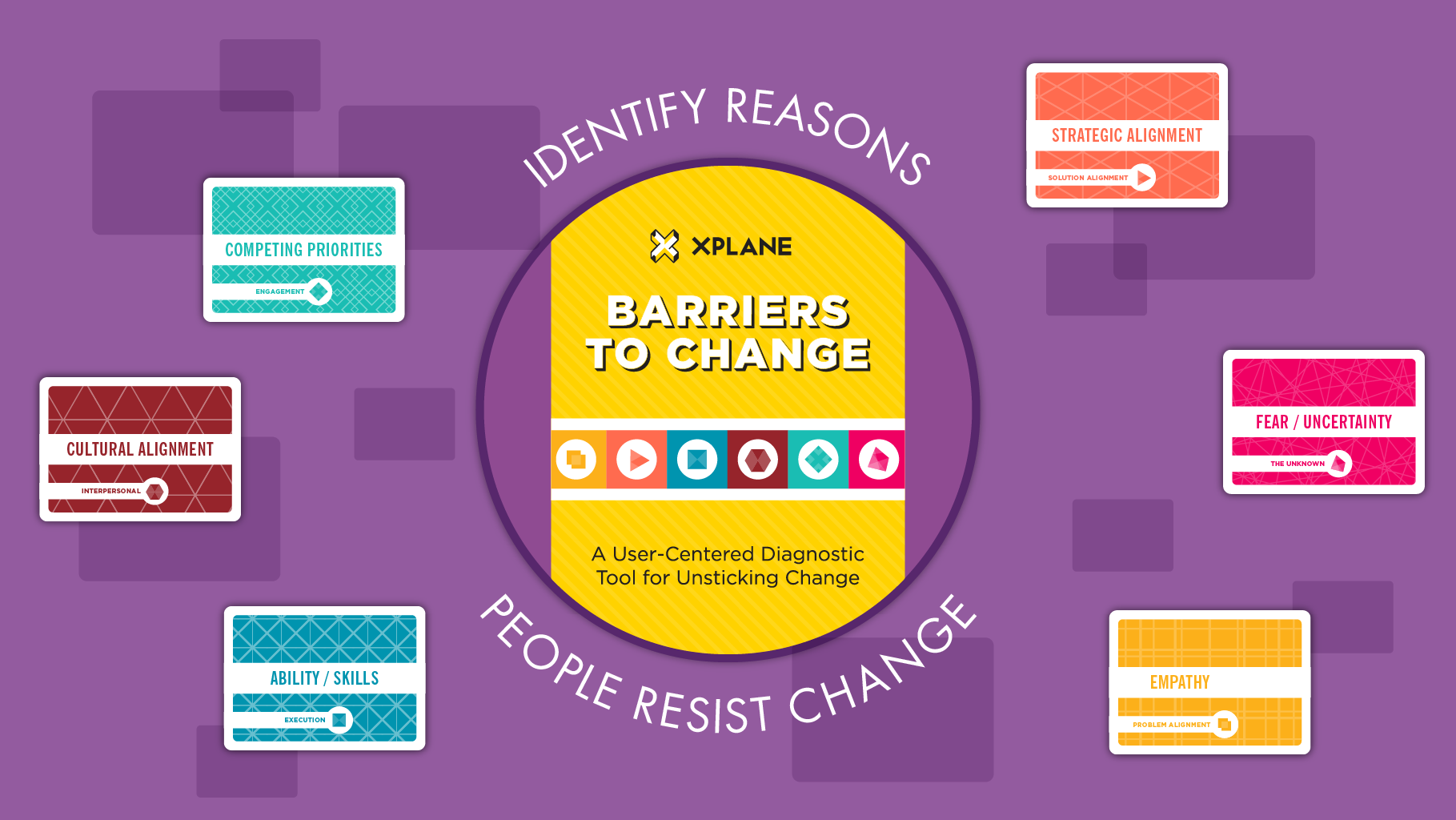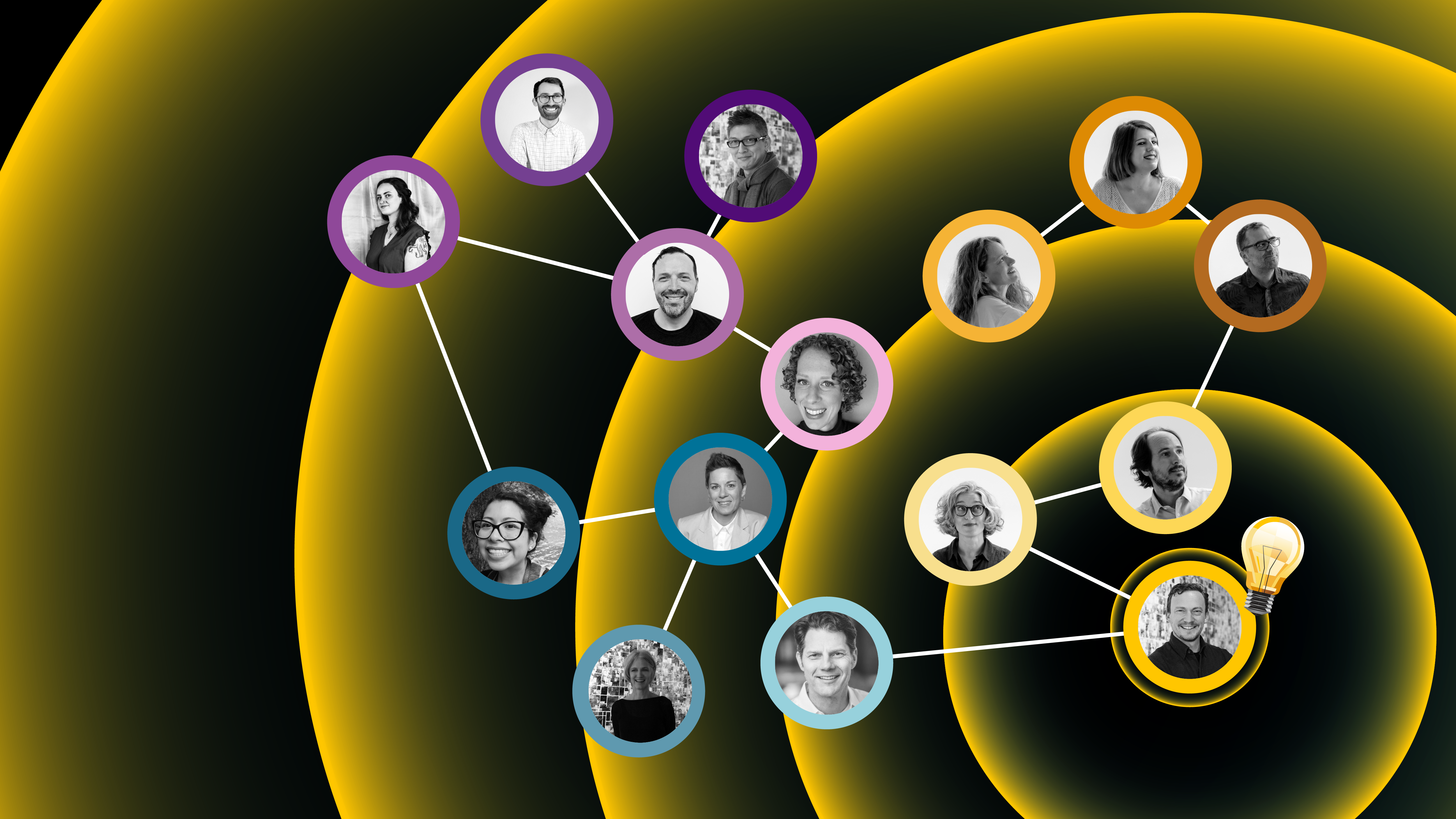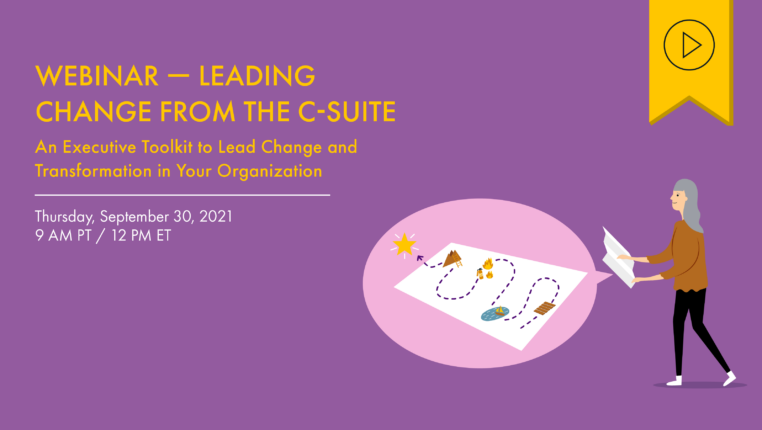Faced with a torrent of high-priority needs jostling for your attention? When everything feels urgent, it’s hard to know where to focus. This collaborative card sort helps your team quickly cut through the chaos, align on top priorities, and move forward with clarity and confidence—together.
This post was first published on April 20th, 2021 and has since been updated on July 9, 2025 with fresh content and latest information.
Let’s face it, with a barrage of constant change, relentless headlines, and growing demands, it’s no surprise that many of us feel overwhelmed and stretched thin.
Timelines, competing priorities, tunnel vision, and reactive problem-solving jostle for our diminishing attention span, bracket our thinking, and prevent us from seeing challenges clearly. Many organizations describe this as working in a never ending “swirl,” where a whirlpool of constant change and high-priority needs pulls them down.
A Fun, Efficient Way to Create a Path Forward
The good news: If “the swirl” sounds familiar, you’re not alone. And better yet, you don’t have to fix it alone. Use a simple card sort exercise to align with your team on what matters most.
The Discovery Cards are card sort that helps teams externalize thinking, uncover individual and shared insights, enabling fast alignment, and productive dialogue about challenges faced by the team, the organization, and its culture. You might think this is a tall order for a humble deck of cards, but when used correctly, this tool can replace days of meetings and thousands of emails. It can also help you bypass some of the intra-office politics that often prevent meaningful conversation.
How XPLANE’s Discovery Cards Work
Assess the Current State
The discovery deck is comprised of two types of cards—SITUATION CARDS and ACTION CARDS. Situation cards show common challenges that organizations face and include three colors to signal three types of challenges: green for growth, yellow for change, and red for crisis. The second set of cards are action cards, these show a variety of proactive actions to take to address situation cards.
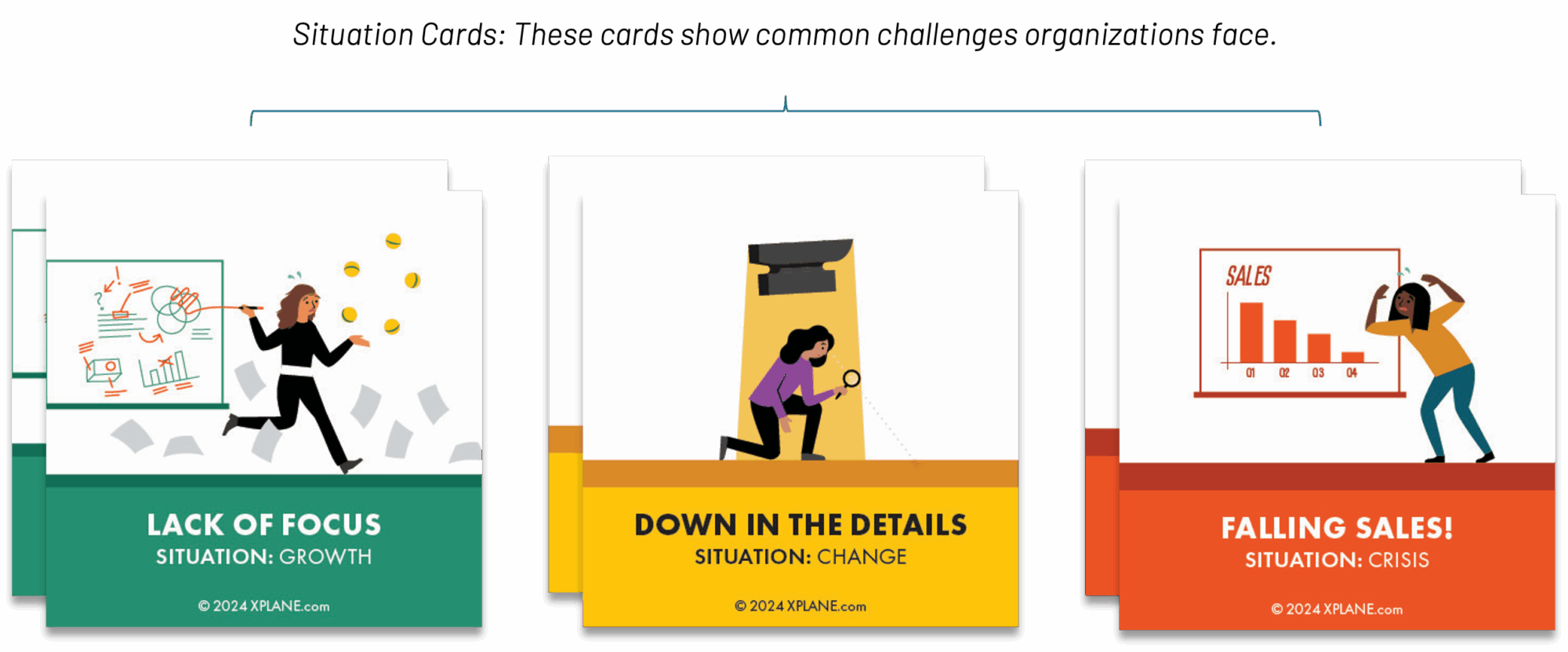
To start, assess the current state using only the yellow, green, and red SITUATION CARDS. As the facilitator, instruct the group to sort their cards into to stacks one stack for hits and one for misses. Determine hits by asking, “Does this sound like us?”
- Best practice: Instruct the group to complete the card sort silently on their own, each with their own card deck. This will allow individuals to land on the situation cards they find most relevant without being influenced by the rest of the group.

After the card sort, you can bring the team together to share their hits or have them pair up and share their hits stack before moving onto the prioritization step.
As a facilitator prompt thoughtful conversations when team members disagree over what is and what isn’t a relevant scenario the organization is currently facing.
- Pro tip: The facilitator should ask about situations negatively affecting the organization that aren’t depicted in the discovery cards (this is why there are wild cards for each section).
Prioritize Situations
Once the hits and misses have been selected, it’s okay to remove the misses from the table, and then spread out the hits to facilitate a group discussion around prioritization. Then ask: Do some of the hits have a cause-and-effect relationship? How might we prioritize the hits in terms of impact vs. effort?
At this point, you can instruct the group to prioritize their top 5 individually and then bring them back together to discuss their top five or for a longer discussion prioritize the top five hits as a group. When prioritizing, we’re looking for an agreed-upon, list of situations, ranking from most relevant to least.
It can be helpful to ask participants (1) what might happen if the primary selections aren’t addressed and (2) whether other team members have a different perspective on how the priorities might rank.

Brainstorm Solutions
Once priorities are identified, it’s time to make a plan to address them. Before jumping into the blue action cards, ask the team to step back for a moment and brainstorm potential solutions to the challenges listed. This ensures participants don’t limit their thinking to only what’s listed on the cards.
After participants write down potential solutions, bring out the ACTION CARDS and asks participants to follow the same sorting process as they did with the situation cards.
- Pro tip: Remember to use wild cards for actions that aren’t listed in the deck.
Finally, prioritize solutions based on what we now have uncovered about the challenges presented in the situation cards.
Accountability and Next Steps
Here is where gamification differs from gaming for entertainment. Based on how solutions were prioritized, the team can now break the solutions into near-term, middle, and long-term actions by assigning deadlines and accountabilities to these actions. A couple of recommended frameworks to help you do this include the 30/60/90 Roadmap or the Who/What/When Matrix.
To go even further, the team can use the Recommend, Agree, Perform, Input, and Decide (RAPID) model to determine who makes decisions and which roles are needed to move forward with each action.
By the close of this activity, the team should feel as though they have diagnosed organizational challenges and made solid commitments that can be followed-up on—with some shared accountability for results.
Best Practices for Facilitators
This process will only work when people can be transparent and honest about what is limiting success.
For example, a mid-level manager may have a clear understanding of a situation negatively affecting the organization but doesn’t feel empowered to share that information as it may make his or her division look bad in front of senior management or potentially embarrass peers.
A skilled facilitator will let all participants know this is a safe space where internal power struggles and politics need to be muted to correctly diagnose problems and build plans to move forward.
It’s also always a good idea for facilitators to ask, “What are we missing?” This question helps participants consider scenarios outside of what’s depicted on the cards—and can spark valuable conversations.
Make Positive Change Happen
XPLANE’s Discovery Cards get to the heart of the issues at hand in a fun, (no pun intended) out-of-the-box way. We hope you use them to save time making positive change happen in the world. Good luck!
As always, feel free to reach out if you have questions or comments on this post!
